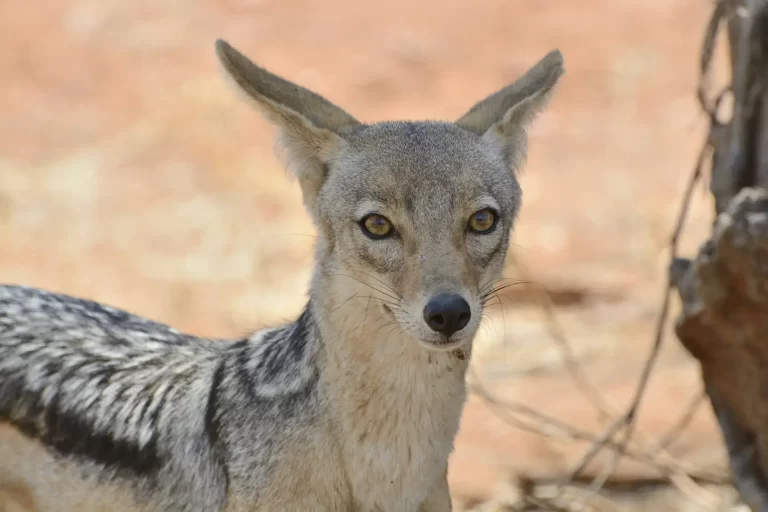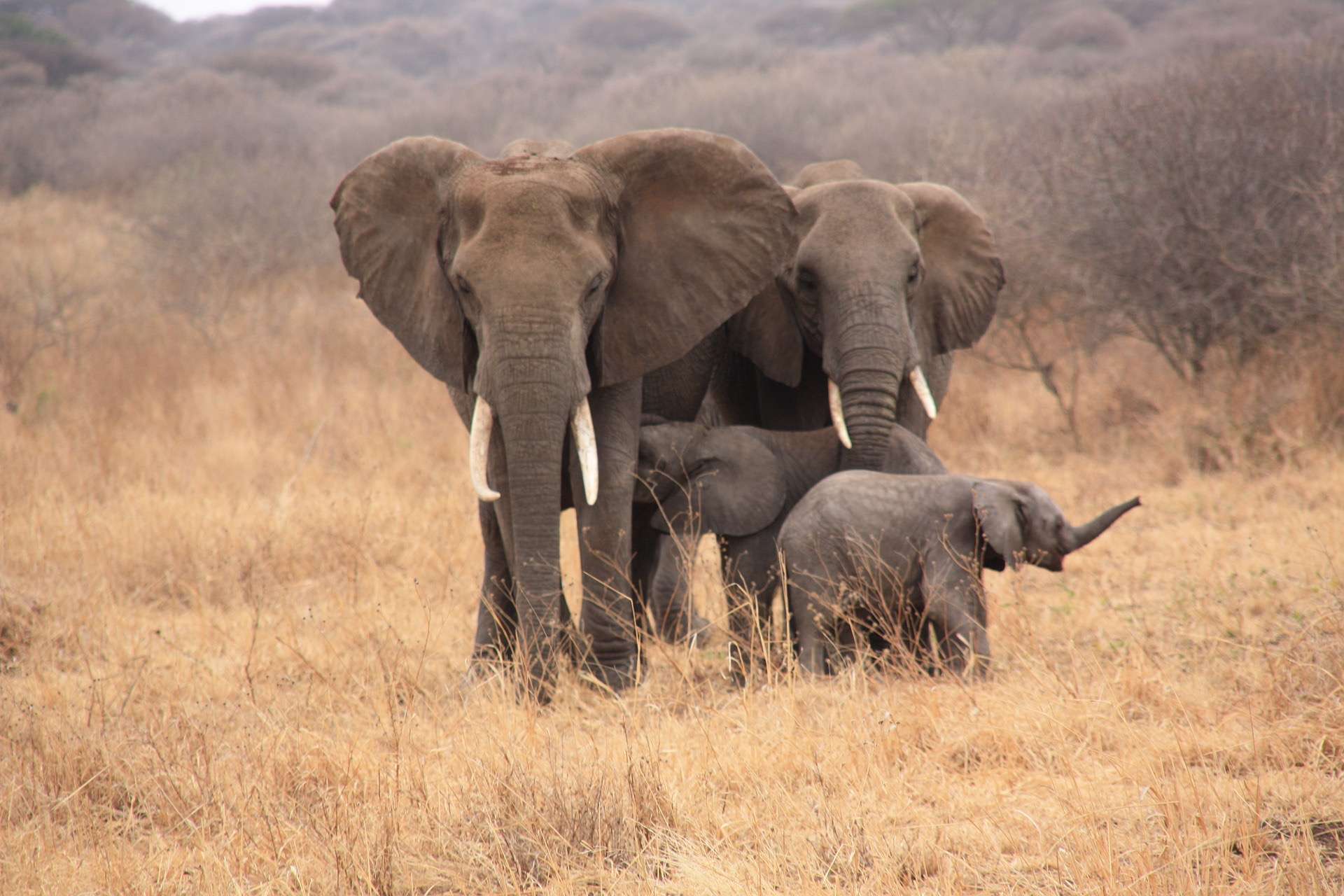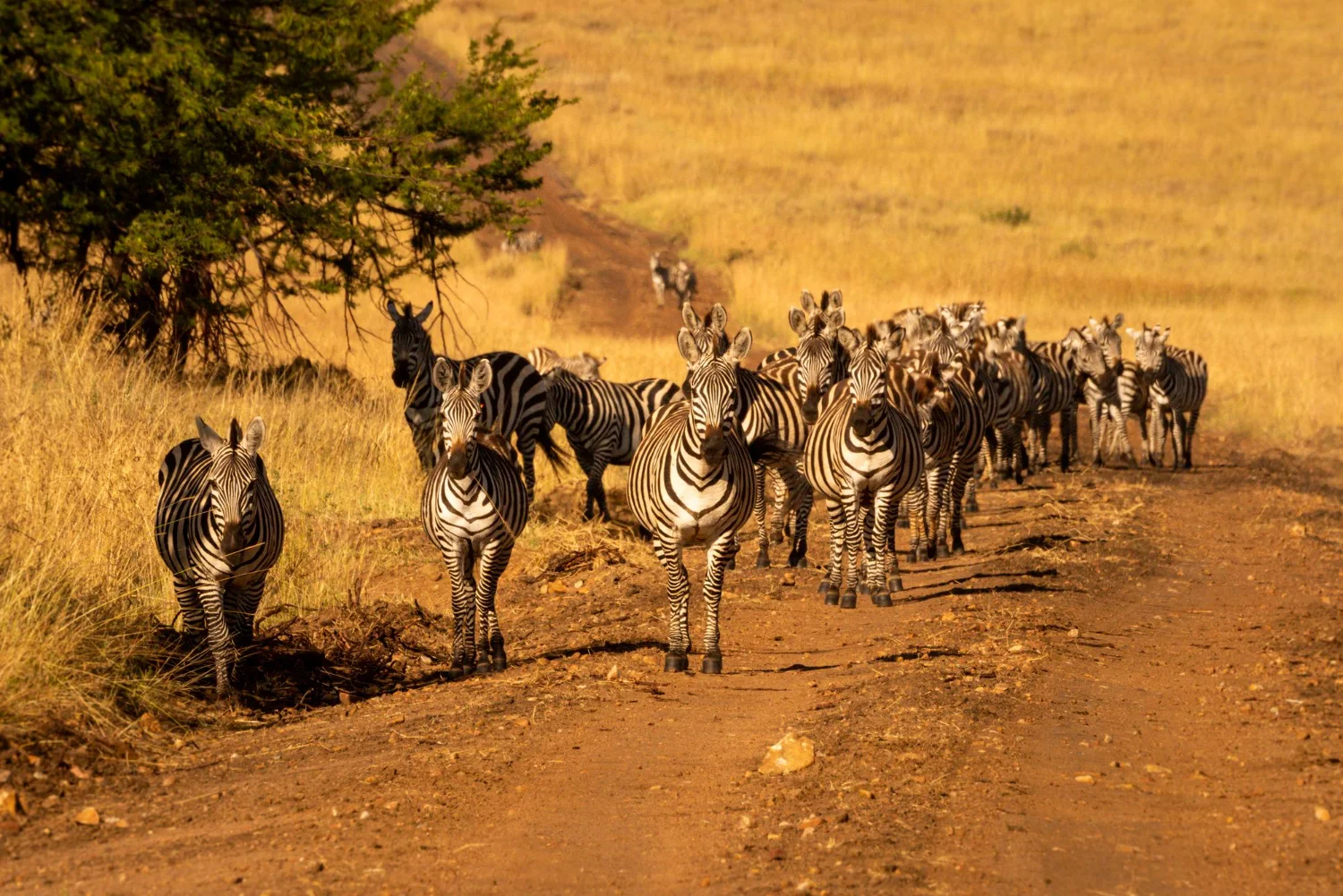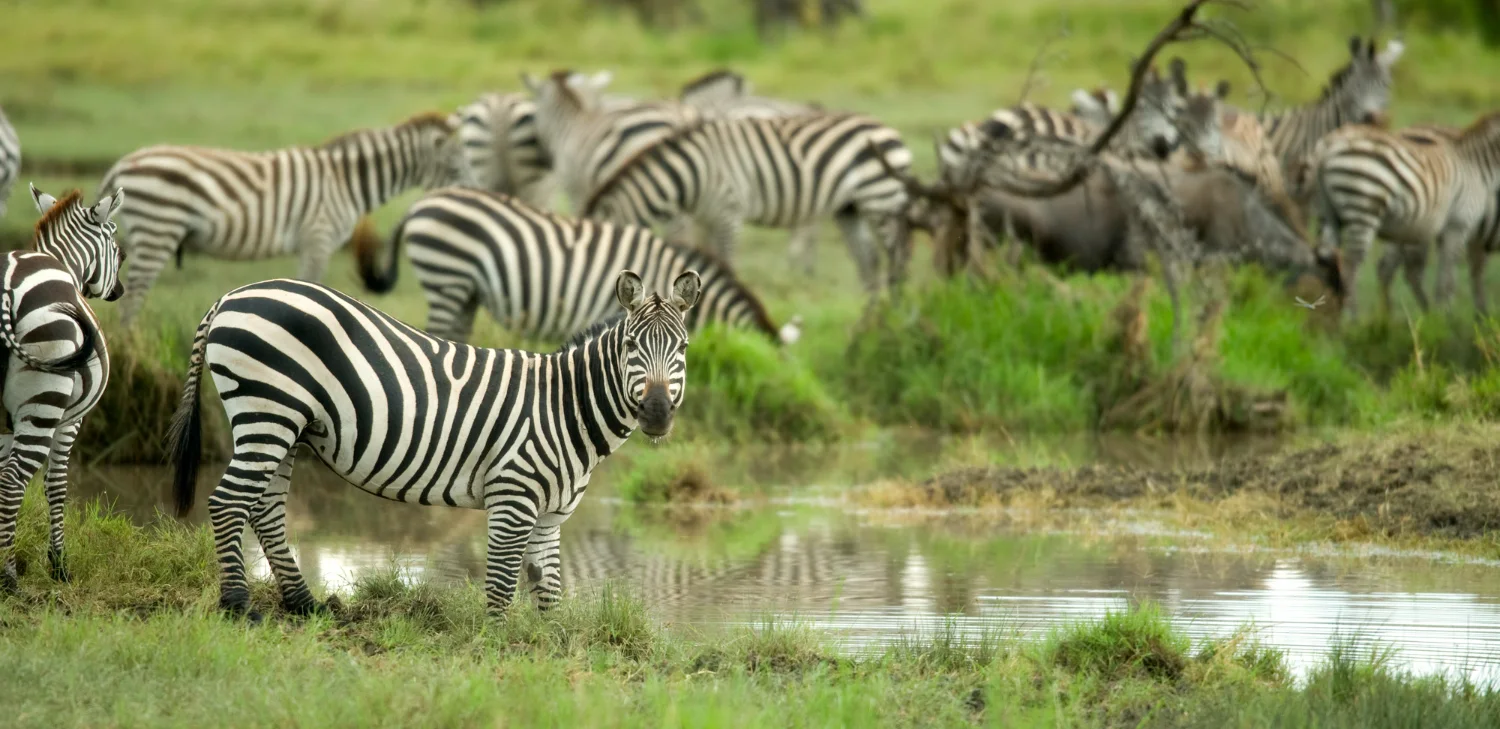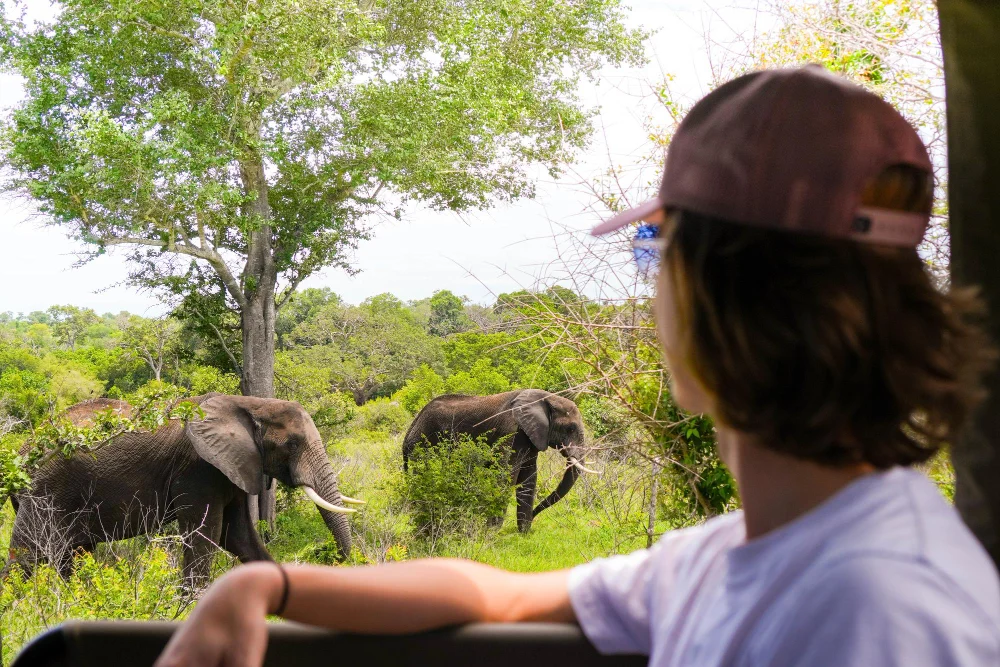Full Destination Details
Location & Landscape
Ruaha National Park is located in southern Tanzania, about 130 km west of Iringa town. The park is part of the larger Rungwa-Kizigo-Muhesi ecosystem, which creates a vast, interconnected wilderness. The landscape is defined by:
- The Great Ruaha River – The lifeline of the park, attracting wildlife year-round
- Rolling savannahs – Covered in golden grasses and dotted with baobabs
- Rocky outcrops (kopjes) – Perfect lookout points for lions and leopards
- Miombo woodlands – Home to rare antelope species like sable and roan
Why It’s Unique
- One of the few parks where you can see both Greater Kudu and Lesser Kudu
- The only place in Tanzania with a significant population of wild dogs
Highlights to Look for in Ruaha National Park
Ruaha boasts 10% of Africa’s lion population, along with some of the continent’s largest elephant herds.
Big Cats & Rare Predators
- Lions – Over 200 in the park, often seen hunting buffalo
- Leopards – Common along riverine forests
- Cheetahs – Best spotted on the open plains
- African wild dogs – Highly endangered but frequently seen in Ruaha
Large Herbivores
- Elephants – Over 12,000 roam the park (some of the biggest tuskers left in Africa)
- Buffalo – Massive herds near the river
- Giraffes, zebras, and impalas – Abundant
Birdlife (570+ Species!)
- Raptors – Fish eagles, bateleurs, and the rare rufous-tailed weaver
- Endemics – Tanzanian red-billed hornbill and yellow-collared lovebird
Best Time to Visit
| Season | Highlights | Considerations |
|---|---|---|
| Dry (June-October) | Best for predators & river crossings | Dusty; cold mornings |
| Green (November-May) | Lush scenery, birdwatching, fewer tourists | Some roads impassable |
Guide Tip: “September is prime time elephants crowd the river, and lions are everywhere!”


